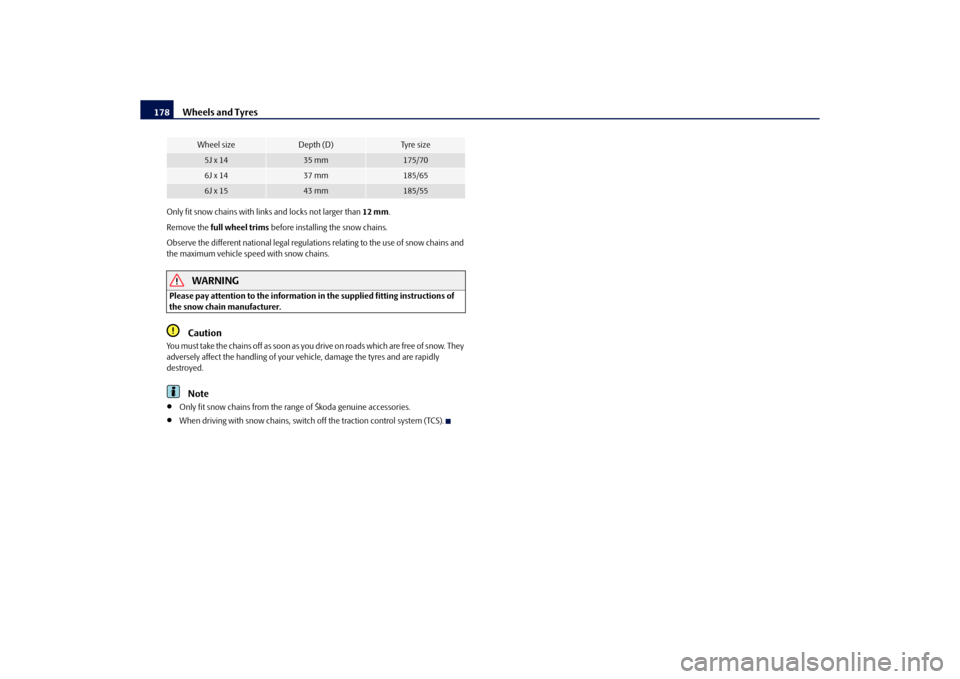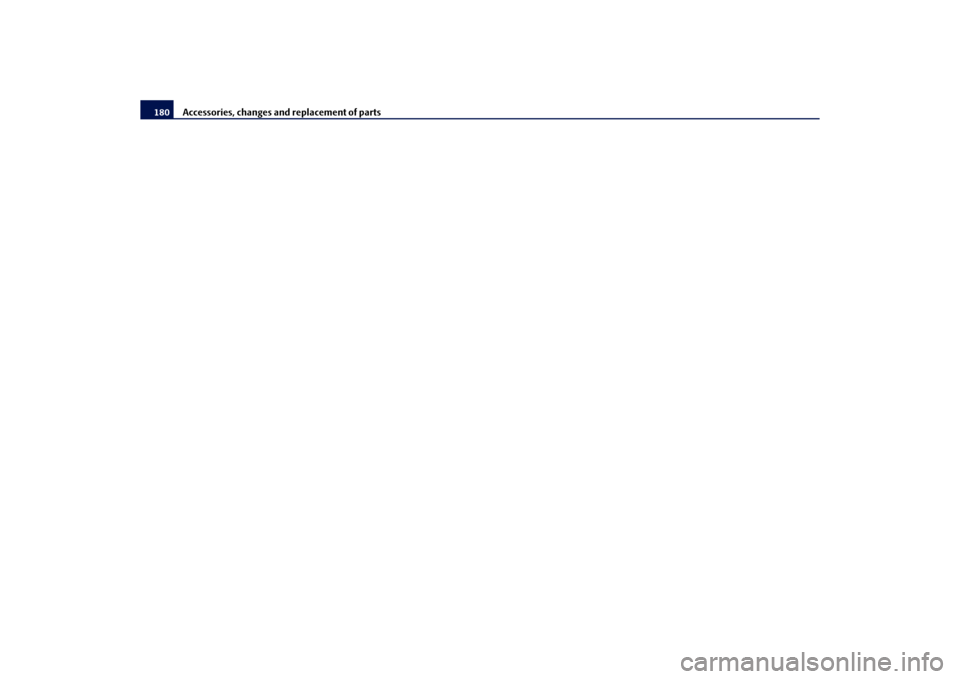Page 177 of 231
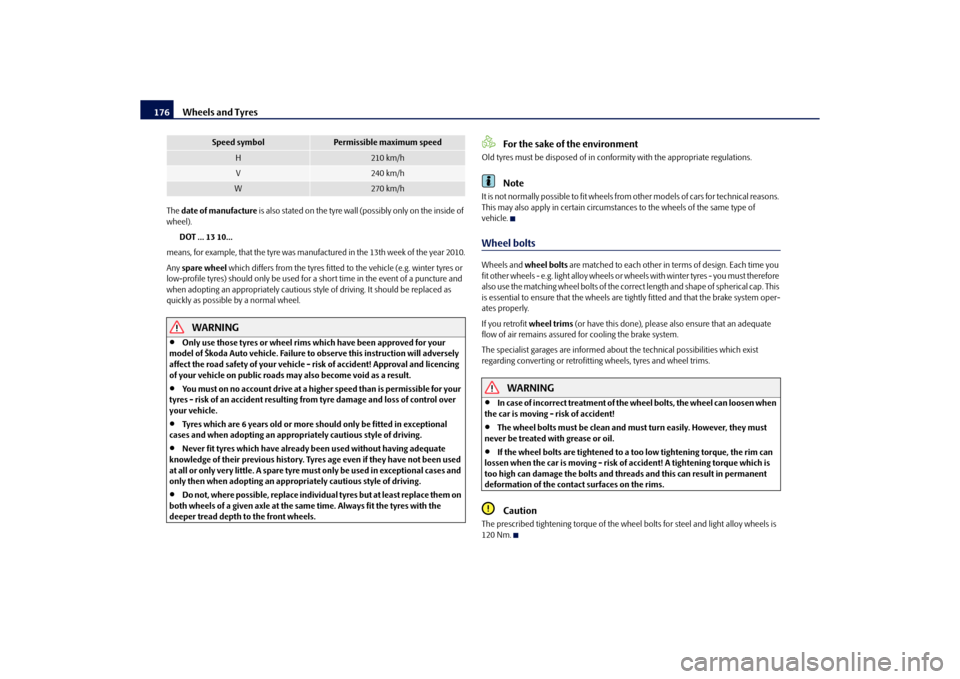
Wheels and Tyres
176
The date of manufacture is also stated on the tyre wall (possibly only on the inside of
wheel).
DOT ... 13 10...
means, for example, that the tyre was ma nufactured in the 13th week of the year 2010.
Any spare wheel which differs from the tyres fitted to the vehicle (e.g. winter tyres or
low-profile tyres) should only be used for a short time in the event of a puncture and
when adopting an appropriately cautious styl e of driving. It should be replaced as
quickly as possible by a normal wheel.
WARNING
Only use those tyres or wheel rims which have been approved for your
model of Škoda Auto vehicle. Failure to observe this instruction will adversely
affect the road safety of your vehicle - risk of accident! Approval and licencing
of your vehicle on public roads ma y also become void as a result.
You must on no account drive at a high er speed than is permissible for your
tyres - risk of an accident resulting from tyre damage and loss of control over
your vehicle.
Tyres which are 6 years old or more should only be fitted in exceptional
cases and when adopting an approp riately cautious style of driving.
Never fit tyres which have already been used without having adequate
knowledge of their previous history. Tyre s age even if they have not been used
at all or only very little. A spare tyre must only be used in exceptional cases and
only then when adopting an appropriately cautious style of driving.
Do not, where possible, replace individu al tyres but at least replace them on
both wheels of a given axle at the same time. Always fit the tyres with the
deeper tread depth to the front wheels.
For the sake of the environment
Old tyres must be disposed of in conformity with the appropriate regulations.
Note
It is not normally possible to fit wheels from other models of cars for technical reasons.
This may also apply in certain circumstance s to the wheels of the same type of
vehicle.Wheel boltsWheels and wheel bolts are matched to each other in terms of design. Each time you
fit other wheels - e.g. light alloy wheels or wheels with winter tyres - you must therefore
also use the matching wheel bolts of the corr ect length and shape of spherical cap. This
is essential to ensure that the wheels are tightly fitted and that the brake system oper-
ates properly.
If you retrofit wheel trims (or have this done), please also ensure that an adequate
flow of air remains assured for cooling the brake system.
The specialist garages are informed about the technical possibilities which exist
regarding converting or retrofitting wheels, tyres and wheel trims.
WARNING
In case of incorrect treatment of the wheel bolts, the wheel can loosen when
the car is moving - risk of accident!
The wheel bolts must be clean and must turn easily. However, they must
never be treated with grease or oil.
If the wheel bolts are tightened to a too low tightening torque, the rim can
lossen when the car is moving - risk of accident! A tightening torque which is
too high can damage the bolts and threads and this can result in permanent
deformation of the contact surfaces on the rims.Caution
The prescribed tightening torque of the wheel bolts for steel and light alloy wheels is
120 Nm.
H
210 km/h
V
240 km/h
W
270 km/h
Speed symbol
Permissible maximum speed
s16g.4.book Page 176 Wednesda y, February 10, 2010 3:53 PM
Page 178 of 231

Wheels and Tyres177
Using the system
Safety
Driving Tips
General Maintenance
Breakdown assistance
Praktik
Technical Data
Winter tyresThe handling of your vehicle will be signif icantly improved when driving on wintry
roads if you fit winter tyres. Summer tyres do not offer the same grip on ice, snow and
at temperatures below 7 °C because of thei r construction (width, rubber blend, tread
pattern). This applies in particular to vehicles which are equipped with low-profile
tyres or high-speed tyres (code index H, V or W on wall of tyre).
Winter tyres must be mounted on all four wheels to obtain the best handling charac-
teristics.
You must only fit those types of winter tyre which are approved for your vehicle. The
permissible sizes of winter tyres are stated in your vehicle documents. Approvals may
differ because of na tional legislation.
Please remember that the tyres should be inflated to 20 kPa (0.2 bar) more than is the
case for summer tyres page 173.
Winter tyres no longer offer the same winter performance once the tyre tread has
worn down to a depth of about 4 mm.
Ageing also causes winter tyres to lose most of their winter performance properties -
even in cases where the remaining tread depth is still clearly more than 4 mm.
Speed restrictions apply to winter tyres as well as to summer tyres page 175,
.
You can fit winter tyres of a lower speed catego ry to your vehicle provided that you also
do not drive faster than the permissible maximum speed for such tyres, even if the
possible maximum speed of your vehicle is higher. The corresponding tyre category
can damage the tyres when exceeding the permissible maximum speed.
Please pay attention to the notes if you decide to fit winter tyres page 173.
You can also fit so-called “all-year tyres” instead of winter tyres.
Please contact your specialist garage if there are any points which are not clear who will
be able to provide you with information regarding the maximum speed for your tyres.
WARNING
You must on no account drive your car at more than the permissible maximum
speed for your winter tyres - risk of an accident resulting from tyre damage and
loss of control over your car.
For the sake of the environment
Fit your summer tyres on again in good time since summer tyres offer you better grip
and handling on roads which are free of snow and ice as well as ar temperatures below
7 °C - the braking distance is shorter, there is less tyre noise, tyre wear is reduced and
fuel consumption is reduced.
Note
Please observe the various differing legal requirements regarding tyres.Unidirectional tyres*The direction of rotation of the tyres is marked by arrows on the wall of the tyre. This
indicates the direction of rotation of the tyre, and it is essential that the tyres are fitted
on to run in this direction. Only then are the tyres able to provide the optimal proper-
ties in terms of grip, low nois e, wear-and-tear and aquaplaning.
Should it be necessary to fit on a spare wheel in exceptional cases with a tyre not dedi-
cated to the running direction or in oppo site running direction, please adopt a
cautious style of driving as the tyre is no longer able to provide optimal grip and
handling in such a situation. This particular ly important on wet roads. Please refer to
the notes page 182, “Spare wheel*”.
You should have the defective tyre replaced as soon as possible and restore the correct
direction of rotation on all tyresSnow chainsSnow chains must only be mounted on the front wheels.
When driving on wintry roads, snow chains improve not only traction, but also the
braking performance.
For technical reasons, it is only permissible to fit snow chains with the following
wheel/tyre combinations.
s16g.4.book Page 177 Wednesda y, February 10, 2010 3:53 PM
Page 179 of 231
Wheels and Tyres
178
Only fit snow chains with links and locks not larger than 12 mm.
Remove the full wheel trims before installing the snow chains.
Observe the different national legal regulation s relating to the use of snow chains and
the maximum vehicle spee d with snow chains.
WARNING
Please pay attention to the information in the supplied fitting instructions of
the snow chain manufacturer.
Caution
You must take the chains off as soon as you drive on roads which are free of snow. They
adversely affect the handling of your ve hicle, damage the tyres and are rapidly
destroyed.
Note
Only fit snow chains from the ra nge of Škoda genuine accessories.
When driving with snow chains, switch off the traction control system (TCS).
Wheel size
Depth (D)
Ty re s i z e
5J x 14
35 mm
175/70
6J x 14
37 mm
185/65
6J x 15
43 mm
185/55
s16g.4.book Page 178 Wednesda y, February 10, 2010 3:53 PM
Page 180 of 231

Accessories, changes and replacement of parts179
Using the system
Safety
Driving Tips
General Maintenance
Breakdown assistance
Praktik
Technical Data
Accessories, changes and replacement of partsAccessories and replacement partsŠkoda vehicles have been built according to the latest discoveries in safety engi-
neering. Thus one should not change the co ndition in which the vehicle was delivered
from the manufacturer without some thought.
The following guidelines should be observed when a vehicle is to be retrofitted with
accessories, have technical ch anges made to it or a part has to be replaced at some
time in the future.
Advise should always be obtained from a specialist garage before buying any
accessories and before making any technical changes .
This is particularly the case when acce ssories are bought in a foreign country.
Škoda Genuine Accessories which have been released for use and Škoda original
parts can be bought from specialist garages that professionally undertake the
assembly of parts which were purchased there.
Škoda Genuine Accessories wh ich have been released for use and Škoda original
parts can be bought from specialist garages that professionally undertake the
assembly of parts which were purchased there.
Radios, aerials and other electrical acce ssories should only be installed by a
specialist garage.
The guidelines issued by Škoda Auto mu st be observed when making technical
changes.
This is to ensure that no technical damage occurs to the vehicle, that travelling and
operating safety are maintained and that the chnages are permissible. The specialist
garages also undertake this work professionally or refer it to another specialist garage
in special cases.
Any damage which is done caused by tech nical changes made without consulting
a Skoda dealer is exclud ed from the guarantee.
WARNING
We advise you, in your own interest, to only use Škoda Genuine Accessories
and Škoda original parts which have been expressly approved for use on your Škoda. Reliability, safety and suitabiliity have been established for these Škoda
original parts.
We cannot guarantee suitability of installation into your vehicle of other
products despite keeping a constant eye on market developments (also not in
the case where there is an attestation or permission can be produced).
Technical changesInterference on the electronic components and their software can lead to operational
faults. This interference can also impair no t directly affected systems because of the
networking of the electronic components. This means that the operating safety of your
vehicle can be considerably je opardized, a greater wear of vehicle parts can occur and
finally the vehicle regist ration documents expire.
We trust that you will understand that Šk oda Auto cannot be liable for damage
resulting from unprofessional work.
We therefore recommend that you have all wo rk carried out with Škoda original parts
at specialist garages.
WARNING
Work or modifications on your vehicle, which have been carried out unprofes-
sionally, can cause operational faults - risk of accident!Vehicles of category N1The vehicle of category N1 is a vehicle wh ich is designed and manufactured for trans-
porting loads with a maximum weight of 3.5 tonnes.
WARNING (continued)
s16g.4.book Page 179 Wednesda y, February 10, 2010 3:53 PM
Page 181 of 231
Accessories, changes and replacement of parts
180
s16g.4.book Page 180 Wednesda y, February 10, 2010 3:53 PM
Page 182 of 231

Breakdown assistance181
Using the system
Safety
Driving Tips
General Maintenance
Breakdown assistance
Praktik
Technical Data
Breakdown assistanceBreakdown assistanceFirst-aid box* and Warning triangle*The first-aid box must be stored in such a way that it is immediately ready to hand.
A warning triangle with the maximum di mensions 39 x 68 x 450 mm can be attached
to the trim panel of the rear wall with rubber straps fig. 145
If you wish to equip your ve hicle additionally with a warning triangle, please contact a
specialist garage.
WARNING
The first-aid box must be stored in such a way that the occupants do no suffer
any injuries in the event of an emergency braking or a collision of the vehicle.
Note
Pay attention to the use-by-date of the contents of the first-aid box.Fire extinguisher*The fire extinguisher is attached with straps under the driver seat. Please read carefully the instructions whic
h are attached to the fire extinguisher.
The fire extinguisher must be checked by an authorised person or company annually
(please observe the various differing national legal requirements).
WARNING
If the fire extinguisher is not correctly attached, in case of sudden manoeuvres
or an accident it can be “thrown” through the interior compartment and cause
injuries.
Note
The fire extinguisher must comply with the relevant and valid legal requirements.
Pay attention to the expiration date of the fire extinguisher. If the fire extinguisher
is used after the expiration date, its proper function is no longer assured.
The fire extinguisher is only supplied in certain countries within the scope of
delivery.
Vehicle tool kit
Fig. 145 Placing of the warning triangle
Fig. 146 Luggage compartment: storage
compartment for vehicle tool kit
s16g.4.book Page 181 Wednesda y, February 10, 2010 3:53 PM
Page 183 of 231

Breakdown assistance
182
The vehicle tool kit and the lifting jack* are stowed in a plastic box in the spare wheel*
page 181, fig. 146 ; there is also space here for the detachable ball head of the
towing device.
The vehicle tool kit contains the following parts (depending on equipment fitted):
wheel wrench*;
wire clamps for removing the full wheel trims;
towing eye;
Adapter for the safety wheel bolts*.
Extraction pliers for wheel bolt caps
Replacement bulb set
Screwdriver*
Before placing the lifting jack back in its storage area, screw in the arm of the lifting jack
fully.
WARNING
The factory-supplied lifting jack is only intended for your model of vehicle.
On no account attempt to lift a heavier vehicle or other loads - risk of injury!
Ensure that the vehicle tool kit is safely attached in the luggage
compartment.
Tyre repair kitThe tyre repair kit is intended for the repair of minor tyre defects. The tyre repair kit
contains a compressor, inflation bottle, operating instructions and accessories.
The repair with the tyre repair kit is not at all intended to replace a permanent repair
on the tyre; this repair only serves to re ach a workshop. The repair can be undertaken
on the vehicle immediately. Please read the attached instructions carefully before
the repair.
The ty re re pa ir kit i s s towed in a n ins er ted foa m pie ce unde r the lugga ge com pa r tment
cover or in the right part of the luggage compartment.
Spare wheel*The spare wheel is stowed in th e spare wheel well in the luggage
compartment below the floor covering.The spare wheel lies in a well under the floor covering of the luggage compartment and
is fixed in place along with a vehicle tool kit box using a special screw fig. 147 .
One should check the inflation pressure in the spare wheel (at best when generally
checking the tyre air pressures - see sign on the fuel filler flap page 159) to ensure
that the spare wheel is always ready to use.
Unidirectional tyres*
If you have such tyres on your vehi cle, please refer to the notes below:
The spare wheel provided with a car fitted with unidirectional tyres has different
dimensions. The wheel is provided with a warning sticker.
The warning label must not be covered after installing the wheel.
Do not drive faster than 80 km/h with this spare wheel and pay particular attention
while driving. Avoid accelerating at full throttle, sharp braking and fast cornering.
The inflation pressure for this spare wheel is identical to the inflation pressure of
the standard tyres.
Use this spare wheel only to reach the nearest specialist garage as it is not intended
for continuous use.
Fig. 147 Luggage compartment: Spare
wheel
s16g.4.book Page 182 Wednesda y, February 10, 2010 3:53 PM
Page 184 of 231

Breakdown assistance183
Using the system
Safety
Driving Tips
General Maintenance
Breakdown assistance
Praktik
Technical Data
Changing a wheelPreliminary workThe following steps should be carried ou t before actually changing the wheel.
– If it is necessary to change a wheel, park the vehicle as far away as possible from
the traffic flow. The place you choose should be level.
– Have all the occupants get out. While changing a wheel, the occupants of the
vehicle should not stand on the road (e.g. behind a crash barrier).
– Apply the handbrake firmly.
–Engage 1st gear or if your vehicle is fitted with an automatic gearbox, position the
selector lever into position P .
– If a trailer is coupled, uncouple it.
– Take the vehicle tool kit and the spare wheel page 181 out of the luggage
compartment.
WARNING
If you find yourself in flowing traffic switch on the hazard warning lights
system and place the warning triangle on the side of the road at the prescribed
distance from your vehicle while observing all national legal provisions. In this
way you are protecting not only yourself but also other road users.
Never start the engine with the vehicle si tting on the raised jack - danger of
suffering injury.Caution
If you have to change a wheel on a slope first block the opposite wheel with a stone or
similar object in order to secure the vehicle from unexpectedly rolling away.
Note
Comply with the national legal regulations.
Always change a wheel on a level surface as far as possible.
– Take off the full wheel trim* page 184 or the caps page 184.
– Slacken the wheel bolts page 185.
– Jack up the vehicle until the wheel to be changed is clear of the ground
page 185.
– Unscrew the wheel bolts and place them on a clean surface (cloth, paper etc.).
– Take off the wheel.
– Fit on the spare wheel* and tighten the wheel bolts slightly.
– Lower the car.
– Tighten the wheel bolts firmly, alternatel y and diagonally using the wrench (cross-
wise) page 185.
– Mount the full wheel trim/wheel trim cap or the caps.
Note
All bolts must be clean and must turn easily.
You must never grease or oil the wheel bolts!
When fitting on unidirectiona l tyres, ensure that the tyres rotate in the correct
direction page 173.
Subsequent stepsAfter changing the wheel, you mu st perform the following steps.
– Stow the vehicle tool kit in the space provided.
– Stow the replaced wheel in the luggage compartment.
– Check the tyre pressure on the spare wheel just mounted as soon as possible.
– Have the tightening torque of the wheel bolts checked with a torque wrench as
soon as possible. Steel and light alloy wheels must be tightened to a tightening
torque of 120 Nm.
s16g.4.book Page 183 Wednesda y, February 10, 2010 3:53 PM
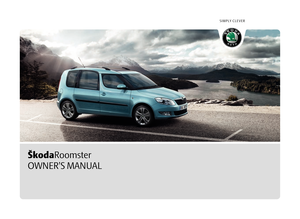 1
1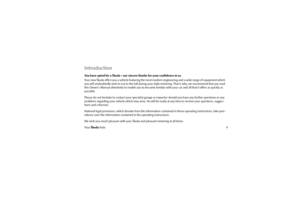 2
2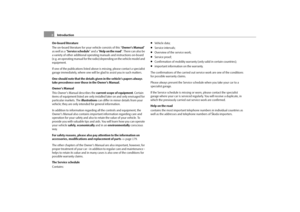 3
3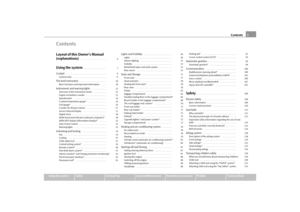 4
4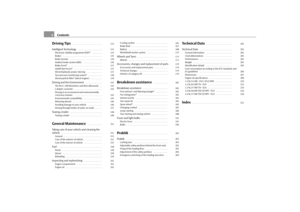 5
5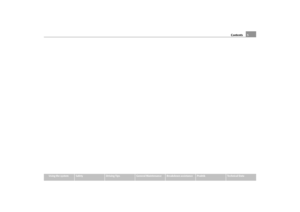 6
6 7
7 8
8 9
9 10
10 11
11 12
12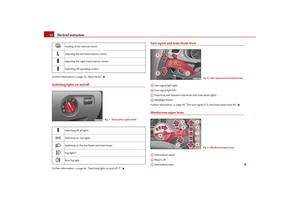 13
13 14
14 15
15 16
16 17
17 18
18 19
19 20
20 21
21 22
22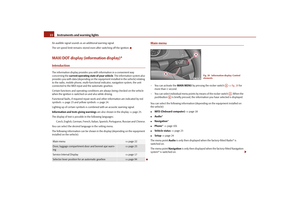 23
23 24
24 25
25 26
26 27
27 28
28 29
29 30
30 31
31 32
32 33
33 34
34 35
35 36
36 37
37 38
38 39
39 40
40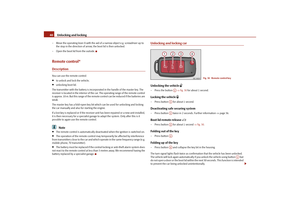 41
41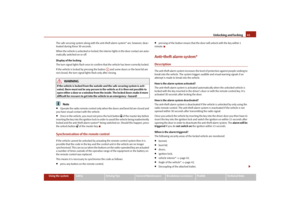 42
42 43
43 44
44 45
45 46
46 47
47 48
48 49
49 50
50 51
51 52
52 53
53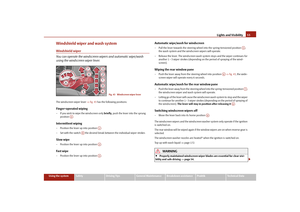 54
54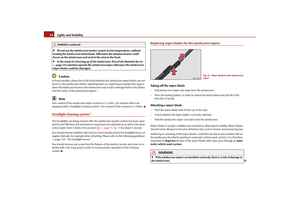 55
55 56
56 57
57 58
58 59
59 60
60 61
61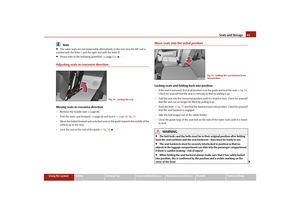 62
62 63
63 64
64 65
65 66
66 67
67 68
68 69
69 70
70 71
71 72
72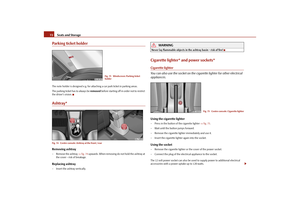 73
73 74
74 75
75 76
76 77
77 78
78 79
79 80
80 81
81 82
82 83
83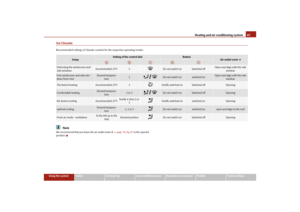 84
84 85
85 86
86 87
87 88
88 89
89 90
90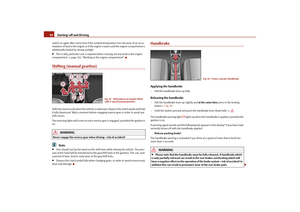 91
91 92
92 93
93 94
94 95
95 96
96 97
97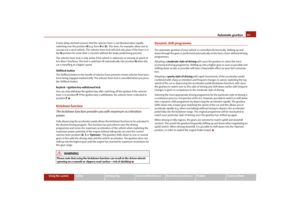 98
98 99
99 100
100 101
101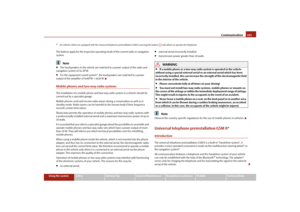 102
102 103
103 104
104 105
105 106
106 107
107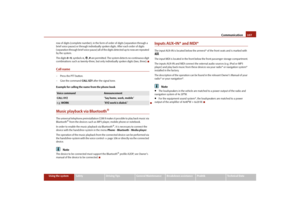 108
108 109
109 110
110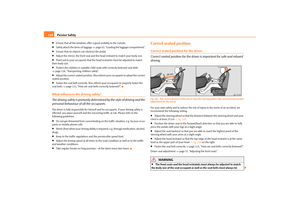 111
111 112
112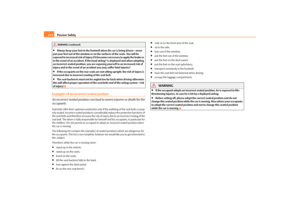 113
113 114
114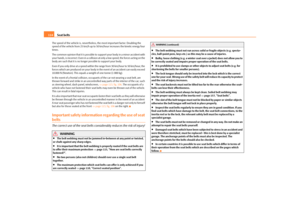 115
115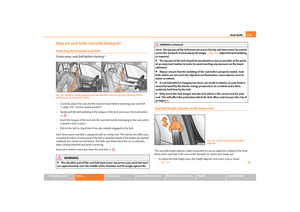 116
116 117
117 118
118 119
119 120
120 121
121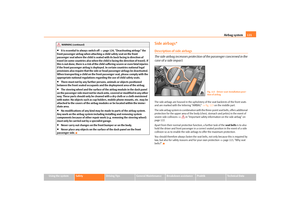 122
122 123
123 124
124 125
125 126
126 127
127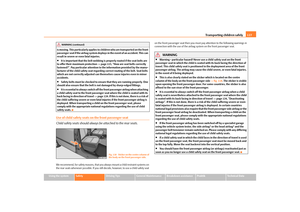 128
128 129
129 130
130 131
131 132
132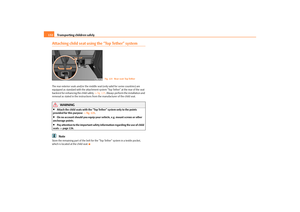 133
133 134
134 135
135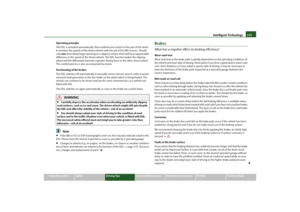 136
136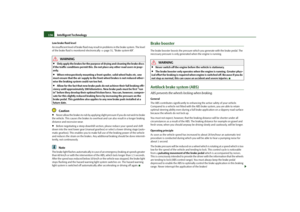 137
137 138
138 139
139 140
140 141
141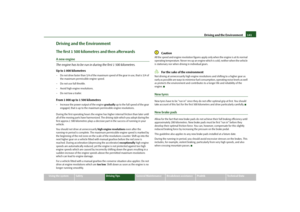 142
142 143
143 144
144 145
145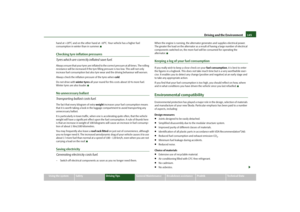 146
146 147
147 148
148 149
149 150
150 151
151 152
152 153
153 154
154 155
155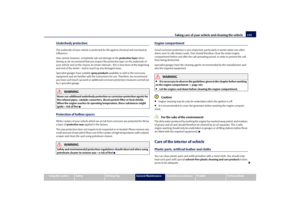 156
156 157
157 158
158 159
159 160
160 161
161 162
162 163
163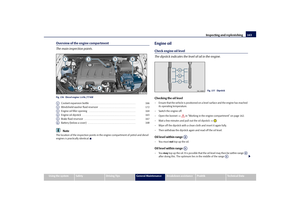 164
164 165
165 166
166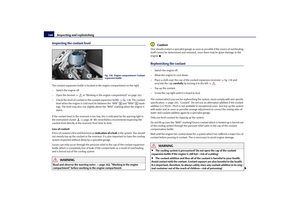 167
167 168
168 169
169 170
170 171
171 172
172 173
173 174
174 175
175 176
176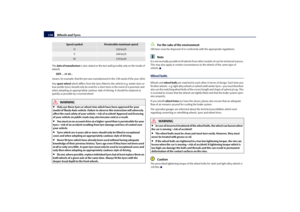 177
177 178
178 179
179 180
180 181
181 182
182 183
183 184
184 185
185 186
186 187
187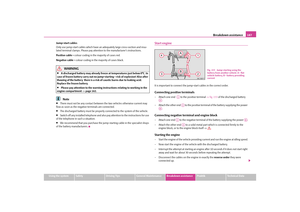 188
188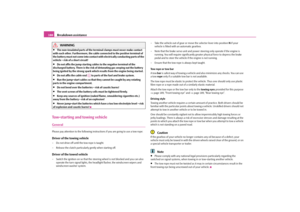 189
189 190
190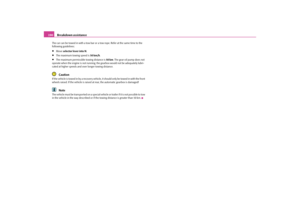 191
191 192
192 193
193 194
194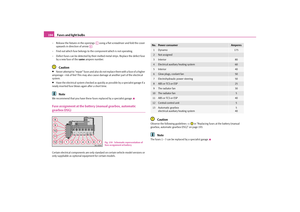 195
195 196
196 197
197 198
198 199
199 200
200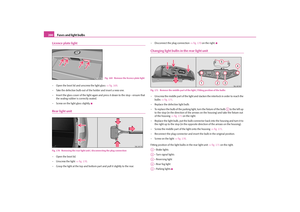 201
201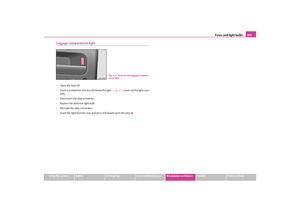 202
202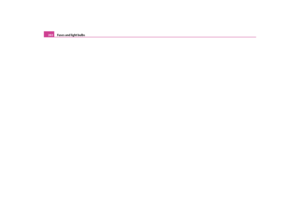 203
203 204
204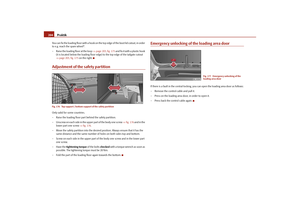 205
205 206
206 207
207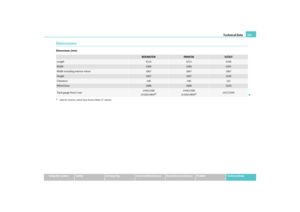 208
208 209
209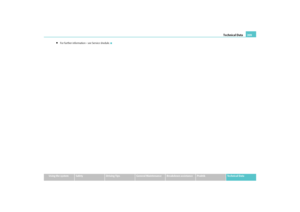 210
210 211
211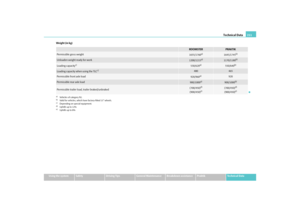 212
212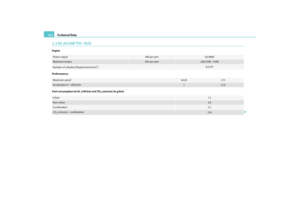 213
213 214
214 215
215 216
216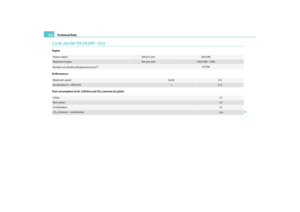 217
217 218
218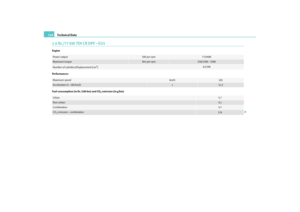 219
219 220
220 221
221 222
222 223
223 224
224 225
225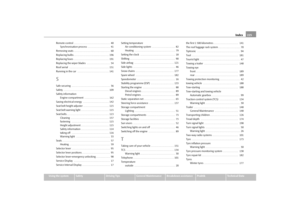 226
226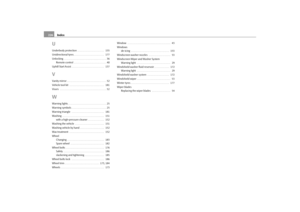 227
227 228
228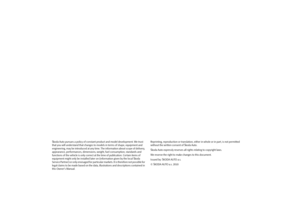 229
229 230
230

